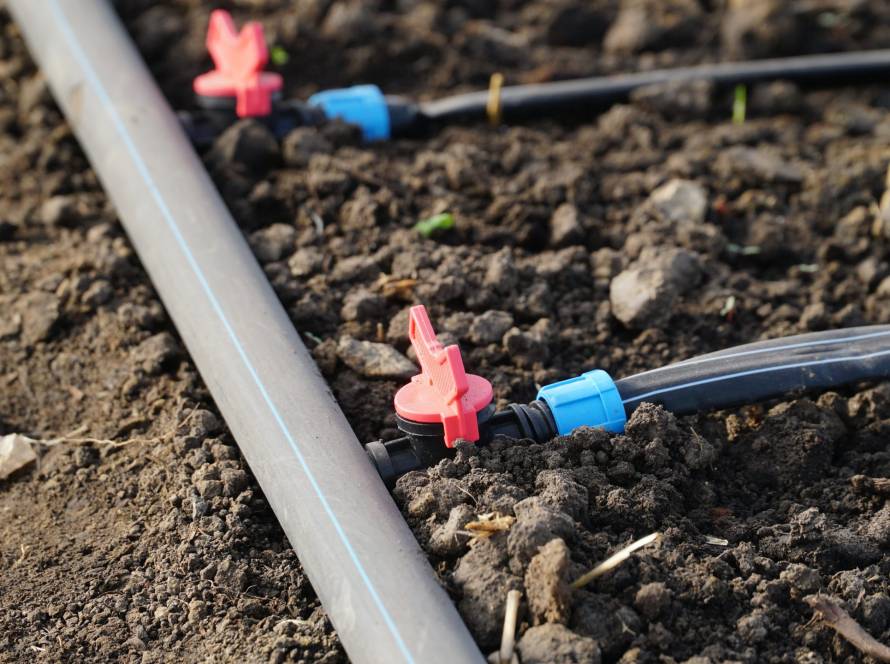One of the most tangible effects of the climate crisis is drought, which has transitioned from a distant future concern to a pressing issue of today. This challenge directly impacts agricultural production, placing scientists, farmers, and food producers at the heart of a transformation: drought-resilient agriculture. This shift is not only about water management but also deeply tied to the future of how we nourish ourselves.
So, which foods are taking center stage in this new agricultural paradigm? And who is making these choices, and how?
A Transformation Driven by Climate Change
In many parts of the world, declining rainfall, rising temperatures, and unpredictable weather events are threatening agricultural productivity. These conditions limit access to water, alter soil structures, and challenge the sustainability of traditional crops.
The solution lies in:
- Shifting to plant species that require less water,
- Promoting crops that thrive in saline or nutrient-poor soils,
- Rediscovering local and resilient heirloom seeds.
Which Foods Represent the Future?
Drought-resilient foods stand out not only for their low water needs but also for their high nutritional value, long shelf life, and resistance to climate stress. Here are some of the rising stars in this new era:
- Sorghum: A grain cultivated for centuries in Africa and Asia, sorghum is highly resistant to high temperatures and low water conditions.
- Legumes like chickpeas and lentils: These crops help maintain soil nitrogen balance while yielding well in arid climates.
- Cactus pear and okra: These drought-adapted vegetables are notable for their high fiber content and water retention capabilities.
- Heirloom seeds: Certain varieties of wheat, tomatoes, and peppers, native to specific regions, are more adaptable to environmental challenges compared to modern hybrids.
These crops are not only suitable for fields but also ideal for industrial processed foods, canned goods, and fermented products with extended shelf lives.
Science, Technology, and Data in the Selection Process
The foods of the future are not chosen randomly. Agricultural research centers, universities, and private companies base their selections on multidimensional analyses:
- Sensor-supported agricultural systems measure a crop’s water needs and its performance under various climate conditions.
- Genetic studies aim to enhance the drought-resistant traits of seeds.
- Data-driven supply chains monitor sustainability from farm to table, ensuring food security, price stability, and reduced carbon footprints.
These factors collectively influence which crops are prioritized.
Alignment with Sustainable Consumer Preferences
Consumers are as much a part of this transformation as producers. Drought-resilient crops are increasingly appearing in markets and on store shelves. The tipping point lies in ensuring these products are:
- Flavorful,
- Nutritious,
- Affordably priced.
Brands are processing these crops into forms like canned goods, fermented products, and dried foods, which not only extend shelf life but also reduce waste.
The Future of Food Begins with the Resilience of Soil
While drought threatens agriculture, it also forces its reinvention. This shift is ushering in a new culture of production and consumption. Drought-resilient agriculture is not just a necessary adaptation; it is a symbol of the ability to produce more with fewer resources. The foods that will grace future tables are being shaped by today’s climate data, agricultural innovations, and local production visions. On these tables, products that protect both the planet and cultural heritage are gaining prominence every day.





